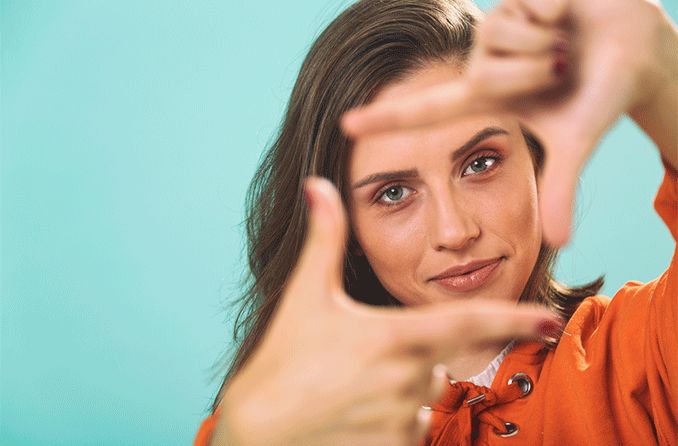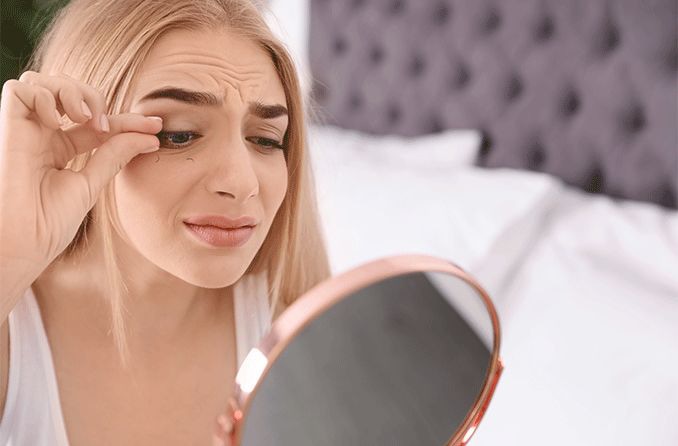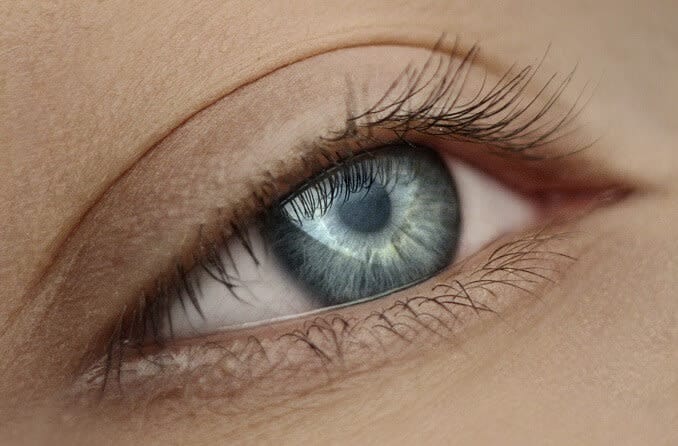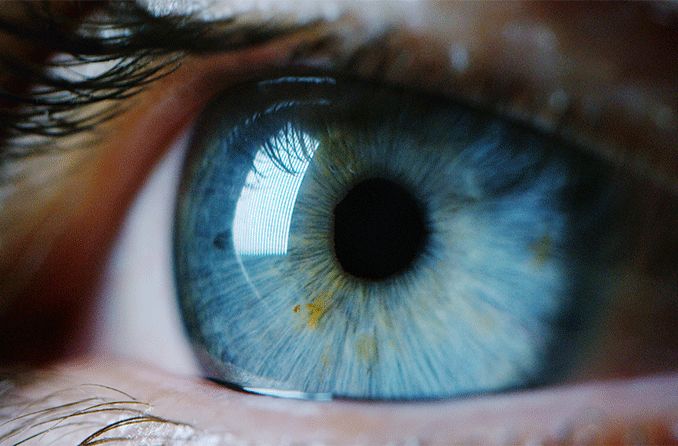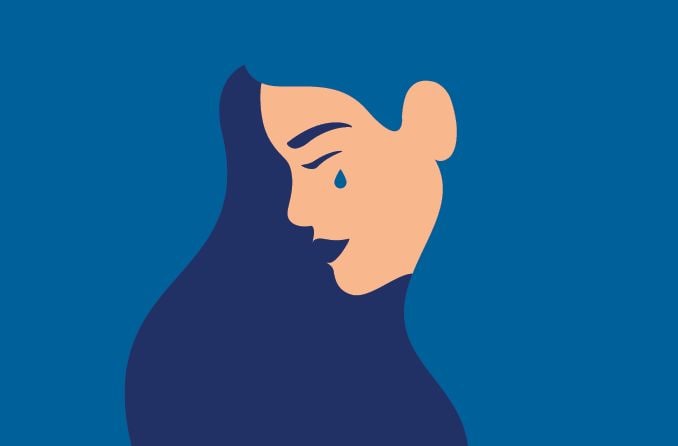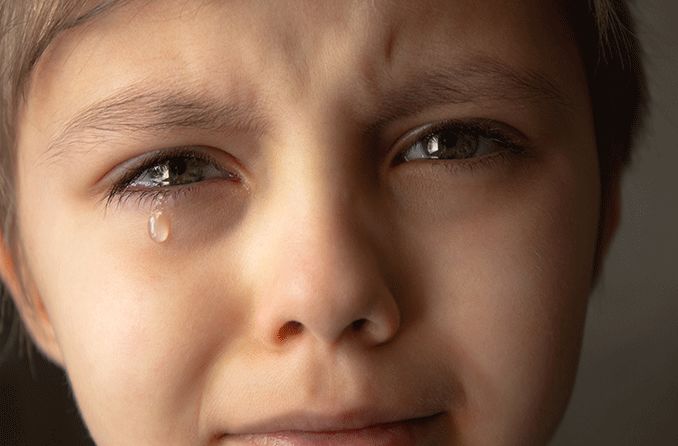Anatomy: How does eye shape affect vision and eyesight?
Medical texts often call the human eyeball a “globe.” And just as our world is a spheroid rather than a true sphere, our eyeballs are not perfectly spherical.
A true sphere has the same diameter from top to bottom, side to side and front to back. An adult human eye has small variations in diameter:
Top to bottom – 24.2 mm (.95 inches)
Side to side – 23.7 mm (.93 inches)
Front to back – 22-24.8 mm (.87-.98 inches)
It turns out that some of the differences in the shapes of our eyeballs have a substantial impact on our eyesight. Reviewing the primary mechanisms of the human eye helps illustrate this point.
Cornea – This clear dome at the front of the eye bends light waves that pass into the eyeball.
Lens – This flat disk bends light waves even more to provide sharp focus for things like reading and examining objects up close.
Retina – Light waves passing through the cornea and lens activate special cells in the retina called rods and cones. These cells react in specific ways to light and color, delivering image impulses to the brain. Special sections of the brain called vision centers translate these signals into eyesight.
Refraction is the process the eyes use to bend light and create visual focus. When refraction works right, light waves intersect at the exact spot on the retina required for clear vision. But slight defects in the shape of the eye often trip things up, creating a few common problems:
Myopia (nearsightedness) – In near-sighted people, light waves intersect in front of the optimum focus point in the retina. This happens because the eyeball is longer (front to back) than normal.
Hyperopia (farsightedness) – In far-sighted people, light waves intersect behind the optimum retina location. This happens because the eyeball is shorter than normal.
Astigmatism – Slight defects in the arc of the cornea cause errors in the way light bends, or refracts, onto the retina. This causes blurry vision.
Keratoconus – Some people experience a weakening in the tissue of the cornea, which gradually bulges into a shape somewhat like a cone. Keratoconus worsens with time if left untreated, so it’s essential to work with an eye doctor to deal with it.
All of these eye shape issues cause refractive errors. Myopia, hyperopia and astigmatism are easily treated with eyeglasses and contact lenses. Keratoconus may be treated with special contacts called scleral lenses, but it often requires treatments such as corneal cross-linking or a cornea transplant.
Ultimately, eye shape is both an alluring illusion and an important biological reality. Almond eyes, round eyes and other eye shapes can reveal the most attractive ways to apply eye makeup. And those tiny differences in eye diameter can make all the difference in how clear the world looks to you.
SEE RELATED: Canthoplasty surgery for a larger, almond-shaped eye
